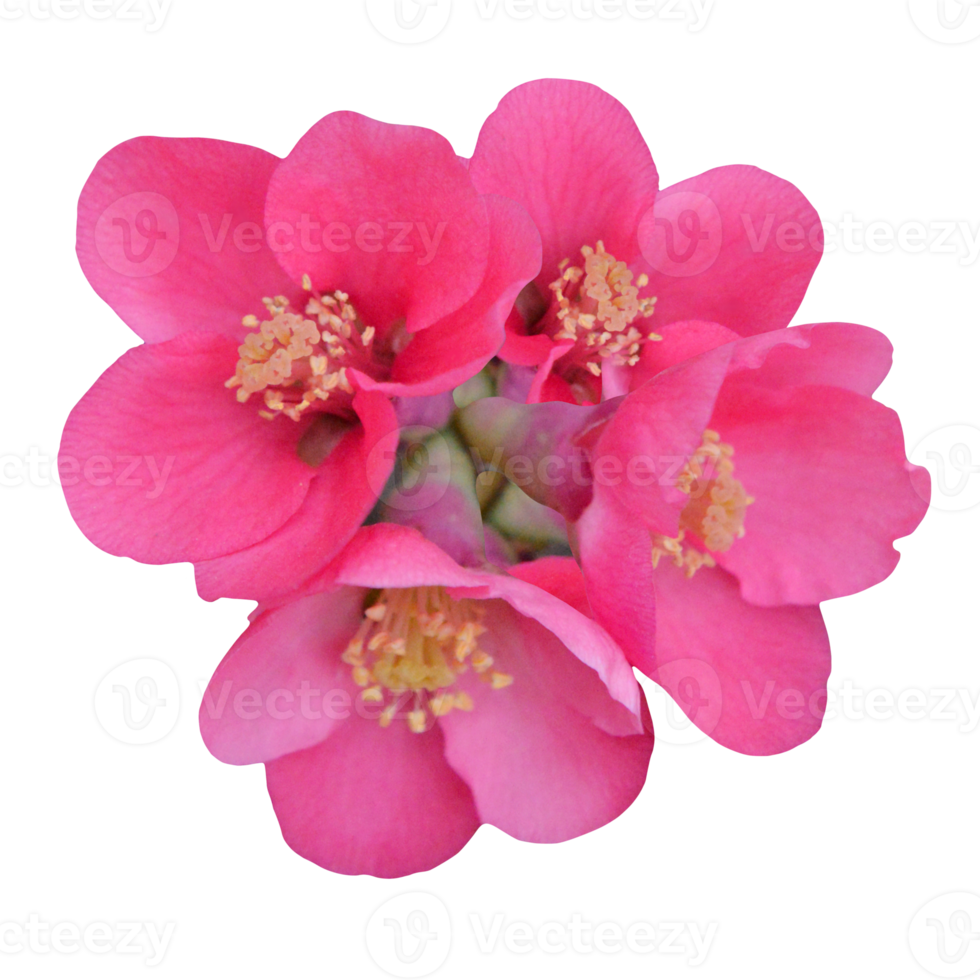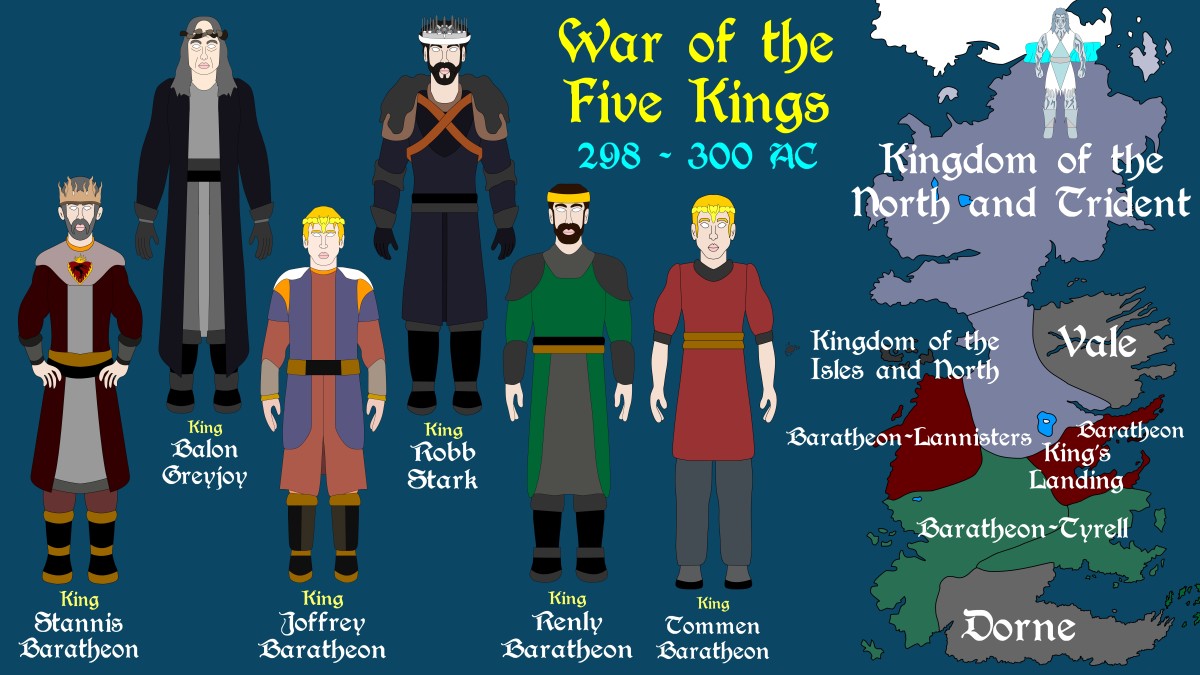Quince ASOIAF is a term that might make you scratch your head if you're not familiar with the world of A Song of Ice and Fire (ASOIAF). But don’t worry, you're not alone. This guide is here to break it all down for you. From the mysterious quince fruit to its symbolic significance in the series, we’ve got everything covered. Whether you're a die-hard fan or just dipping your toes into the world of Westeros, this article will give you a deep dive into the intricacies of quince in ASOIAF. So grab a cup of your favorite beverage and let’s get started!
If you’re into fantasy novels, you’ve probably heard of George R.R. Martin’s masterpiece, A Song of Ice and Fire. The series is packed with rich storytelling, complex characters, and intricate details that keep readers hooked. One such detail that often gets overlooked is the quince, a fruit with surprising significance in the series. Understanding its role can enhance your appreciation of the story and its nuances.
Quince ASOIAF isn’t just about the fruit; it’s about the symbolism, the cultural context, and the deeper meanings woven into the narrative. In this guide, we’ll explore everything from the historical significance of quince to its appearances in the series and what they might mean. By the end, you’ll have a comprehensive understanding of why quince matters in the world of ASOIAF.
Read also:Plum Restaurant And Lounge Where Every Bite And Sip Is A Journey
Table of Contents
- Introduction to Quince ASOIAF
- Symbolism of Quince
- Quince in A Song of Ice and Fire
- Historical Context
- Cultural Significance
- Uses of Quince
- Quince and Characters
- Myths and Legends
- Quince in Popular Culture
- Conclusion
Introduction to Quince ASOIAF
Let’s kick things off by getting to know the quince itself. The quince is a fruit that has been around for centuries and is known for its unique flavor and aroma. It’s not as common as apples or pears, but it holds a special place in many cultures. In ASOIAF, quince isn’t just a fruit; it’s a symbol of something much deeper.
Why Quince Matters
Quince ASOIAF plays a significant role in the series, often appearing in scenes that carry symbolic weight. Whether it’s used in feasts, ceremonies, or as a gift, quince always seems to have a story to tell. Its presence can hint at themes of fertility, prosperity, and even danger.
Common Misconceptions
Many readers might dismiss quince as just another fruit in the series, but that’s far from the truth. Quince ASOIAF is more than just a culinary detail; it’s a narrative device that adds layers to the story. Understanding its significance can change the way you perceive certain events and characters.
Symbolism of Quince
Symbolism is at the heart of ASOIAF, and quince is no exception. The fruit often represents themes that are central to the series, such as love, betrayal, and power. Let’s break it down further.
Read also:Harriet Sugarcookie The Sweetest Sensation Taking The World By Storm
Love and Romance
Quince has long been associated with love and romance in various cultures. In ASOIAF, it’s no different. The fruit often appears in scenes involving romantic relationships, adding a layer of meaning to those interactions.
Betrayal and Danger
On the flip side, quince can also symbolize betrayal and danger. Its sweet exterior might hide a bitter truth, much like the characters in the series who aren’t always what they seem. This duality makes quince a fascinating element in the narrative.
Quince in A Song of Ice and Fire
Now, let’s dive into the specific instances where quince appears in the series. Each mention is carefully crafted to convey something meaningful, so pay close attention.
Feasts and Ceremonies
Quince is often served at grand feasts and ceremonies in ASOIAF. These events are more than just social gatherings; they’re opportunities for characters to display their wealth, power, and alliances. Quince, with its rich symbolism, fits perfectly into these settings.
Gifts and Offerings
Quince is sometimes given as a gift or offering, symbolizing goodwill and respect. However, it can also be a subtle hint at ulterior motives. The context in which quince is presented can reveal a lot about the characters involved.
Historical Context
To truly understand the significance of quince ASOIAF, we need to look at its historical roots. The fruit has been revered in many ancient civilizations, and its symbolism has evolved over time.
Ancient Cultures
In ancient Greece and Rome, quince was associated with Aphrodite and Venus, the goddesses of love and beauty. This connection carries over into ASOIAF, where quince often appears in romantic or sensual contexts.
Medieval Europe
During the Middle Ages, quince was prized for its medicinal properties and culinary uses. Its rarity made it a symbol of wealth and status, which aligns with its role in the opulent settings of ASOIAF.
Cultural Significance
Culture plays a big role in shaping the meaning of symbols, and quince is no exception. Let’s explore how different cultures interpret this fruit and how those interpretations influence its role in ASOIAF.
Eastern Influences
In Eastern cultures, quince is often seen as a symbol of good fortune and prosperity. This perspective can be seen in the way quince is used in ASOIAF, where it often signifies positive outcomes or alliances.
Western Influences
Western cultures tend to focus on the romantic aspects of quince, which is reflected in the series through its use in love stories and weddings. This duality adds depth to the fruit’s significance in the narrative.
Uses of Quince
Quince isn’t just a symbol; it’s also a versatile fruit with many practical uses. In ASOIAF, its culinary and medicinal properties are often highlighted, adding another layer to its importance.
Culinary Delights
Quince is used in a variety of dishes in ASOIAF, from jams and preserves to elaborate desserts. Its unique flavor makes it a favorite among chefs and characters alike.
Medicinal Properties
Quince has been used for centuries to treat various ailments, and this tradition is reflected in the series. Characters often turn to quince-based remedies when faced with health issues, showcasing its practical value.
Quince and Characters
Quince ASOIAF isn’t just about the fruit; it’s about the characters who interact with it. Let’s take a closer look at some of the key players and their relationship with quince.
Cersei Lannister
Cersei’s association with quince is complex, often reflecting her inner struggles and desires. The fruit appears in scenes that highlight her ambition and vulnerability, adding depth to her character.
Tyrion Lannister
Tyrion has a more lighthearted relationship with quince, often using it as a way to charm others or lighten the mood. His interactions with quince showcase his wit and intelligence.
Myths and Legends
Myths and legends surrounding quince abound in various cultures, and these stories often find their way into ASOIAF. The fruit’s mystical qualities make it a perfect fit for the series’ fantasy elements.
The Golden Apple
In Greek mythology, the golden apple is often associated with quince, symbolizing immortality and divine favor. This connection is echoed in ASOIAF through quince’s role in significant events and decisions.
Forbidden Fruit
Quince is sometimes seen as a forbidden fruit, representing temptation and sin. This theme is explored in the series through characters who face moral dilemmas and difficult choices.
Quince in Popular Culture
Quince ASOIAF has inspired countless fan theories and discussions, proving its lasting impact on popular culture. From fan art to fan fiction, the fruit continues to captivate audiences worldwide.
Fan Art and Illustrations
Artists often depict quince in their interpretations of ASOIAF scenes, adding their own flair to the fruit’s symbolism. These works not only enhance our understanding of quince but also celebrate its importance in the series.
Fan Theories
Fans love to speculate about the deeper meanings behind quince’s appearances in the series. These theories range from predictions about future events to insights into character motivations, keeping the conversation alive and vibrant.
Conclusion
In conclusion, quince ASOIAF is much more than just a fruit; it’s a symbol, a narrative device, and a cultural touchstone. By exploring its symbolism, historical context, and cultural significance, we’ve gained a deeper understanding of its role in the series. So the next time you encounter quince in ASOIAF, take a moment to appreciate its complexity and the stories it tells.
Now it’s your turn! Share your thoughts and theories in the comments below. What do you think quince symbolizes in ASOIAF? And don’t forget to check out our other articles for more insights into the world of George R.R. Martin. Happy reading!


